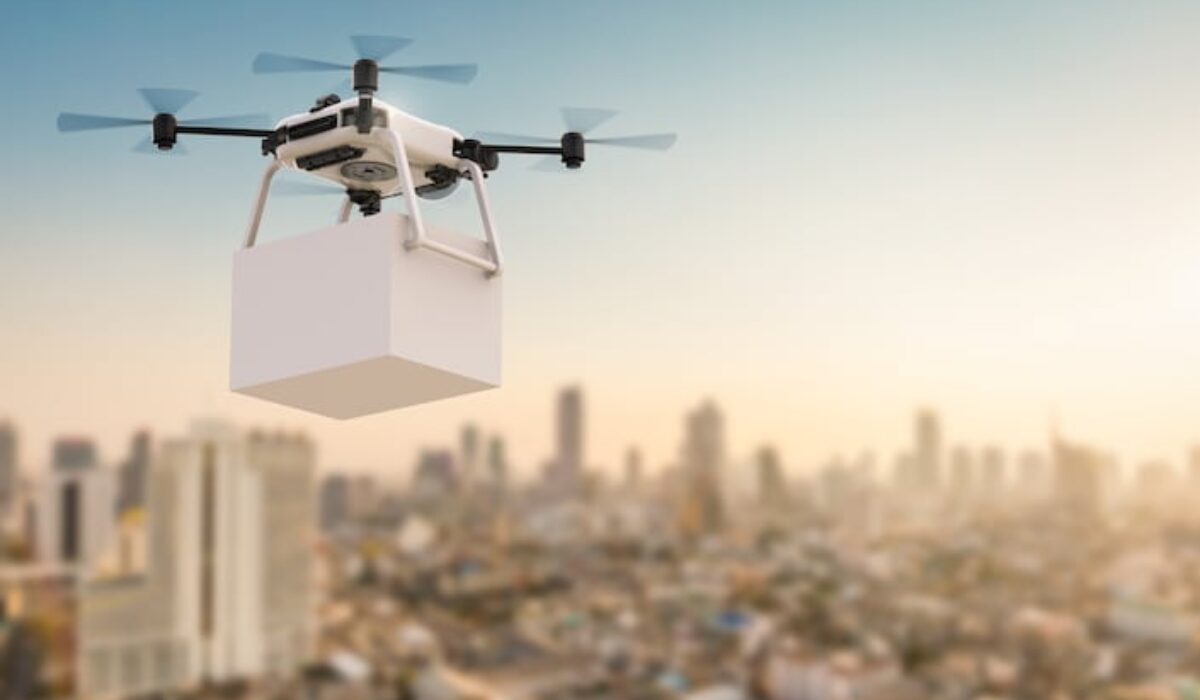The Future is Now
In the past few years the drone industry has been met with cynicism, excitement, investment and tension – undertaken innovative trials – and uncovered huge potential. Delivery by a small pilot-less aircraft, bringing with it vast opportunities and prospects for businesses, is closer than you think, and has just landed in Reykjavik. Driving routes in the Icelandic city are often indirect and time consuming, making it the ideal location to adopt drone delivery. Israeli drone logistics company Flytrex has coupled with the on-demand goods service AHA to address this market opportunity, and has already decreased delivery time from 25 – 4 minutes.
Flytrex wants to demonstrate that drones are a genuine option for on-demand logistics with a new delivery programme, akin to the FedEx of the drone-delivery world. While FedEx doesn’t actually produce trucks or planes, but merely provides the technology and human resource to exploit the existing tools, Flytrex has produced a cloud-based software that enables its clients to function the drones remotely. The technology is much more sophisticated than just being able to locate pick-up and end points, and includes data about the climate, landscape and other drone traffic and is being regulated by the Icelandic Transport Authority, Icetra. This is, however, not a new idea. The idea of drone delivery for retail arose nearly four years ago, when Amazon’s chief Jeff Bezos spoke of his determination to use drones as part of the company’s drive to fast-track product deliveries.
“Using drones will save AHA 60% on their existing delivery costs in that area of Reykjavik.”
Flytrex’s drones are currently only flying one route and the Icelandic trial has other limitations – the drone is still only part of the whole delivery sequence. Drones take orders from the HQ of the online marketplace AHA, to a location just two miles away during the plans first stage, and an AHA courier manages the parcels between that drop-off point and the purchaser’s house, filling in that key gap. Several major retail and logistics companies are testing drone delivery systems to solve the problem of ‘last mile’ deliveries.
The objective is to cut costs by increasing capability, decreasing energy consumption and reshuffling delivery logistics for Reykjavik’s food and consumer goods delivery industry. Using drones will save AHA 60% on their existing delivery costs in that area of Reykjavik, which will in turn eventually reduce costs for its 8,000 consumers. At present, drone delivery is offered to any customer who places an order with AHA in the Grafarvogur suburb of Iceland, where a delivery via drone will cost the same as traditional means. Currently delivering 440 parcels per month, this number is expected to increase dramatically in 2018. Drone deliveries are looking like the future – unmanned quadcopters transporting directly to customers – eradicating both delay times and the price of human labour.
Corporations like Flytrex have demoed the technology, with the main hurdles remaining being customer acceptance and the legal and regulatory environment. Drone delivery may still have a way to go before it can fully take off as user approval is still an issue and companies should focus on gauging the consumer experience after a drone delivery to monitor changes in mind-set. With drone technology still developing, Flytrex hopes to receive regulatory approval by the end of 2017 to transport orders straight to customers’ backyards. Once these obstacles are overcome, the rest of the market will want to enter this exciting and profitable playing field. There may still be questions remaining about regulations, economics, operational issues and customer acceptance, but in spite of these challenges, interest in drone delivery remains high and companies will continue to explore its high potential and experience the lucrative rewards of this new distribution system. One thing is for sure – drone delivery is definitely en-route.


0 Comments